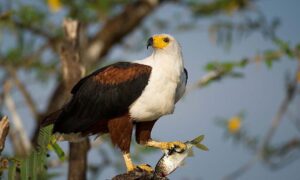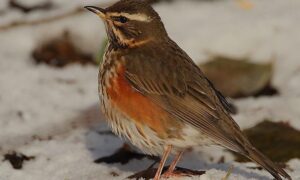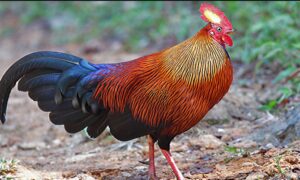The national bird of Poland is White Eagle ( Haliaeetus albicilla ), also called sea eagle, Erne (sometimes Ern), and white sea eagle, is a bird of prey in the family Accipitridae that includes other birds of prey such as hawks, And eagles. It is considered a close cousin of the bald eagle and occupies the same ecological niche, but in Eurasia.
Poland National Bird
The national bird of Poland white Eagle has species has broad wings “barn doors”, a large head and a large thick bill. The adult is mostly grayish brown, except for a slightly paler head and neck, flying feathers are blackish, and the distinctive white tail. All bare pieces are yellow, including both the beak and the legs. The national bird of Poland white eagle In young birds, the tail and beak are darker. The combination of brown mountain coloration, broad wings, white tail, strong yellow beak and its large overall size make the white-tailed eagle in essence unmistakable in its natural range.
The national bird of Poland white eagle lived more than 25 years, the average being 21 years.
Interesting Fact About White Eagle
This large National bird of Poland white eagle breed lives in northern Europe and northern Asia. The largest population in Europe is located along the coast of Poland. The world population in 2008 stood at only 9,000-11,000 pairs. They are mostly residents, only the northernmost birds, such as the Scandinavian population and Eastern Siberia migrate south in winter. Eastern Russian birds are rarely seen in Alaska.
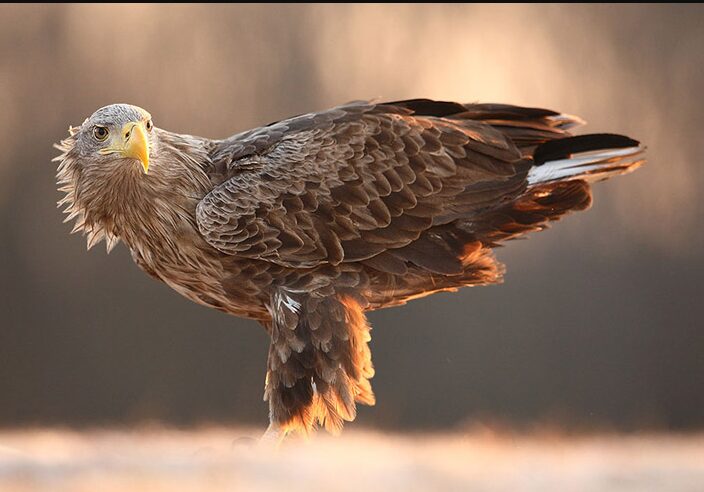
There are resident populations to the south west of Greenland and western Iceland. The first has been proposed as a subspecies of its own Greenlandic, based on its size and body of very large proportions. However, the species is now considered a typical monkey as a recent genetic study of mitochondrial DNA is consistent with this idea. Greenland’s white eagles are, on evolutionary time scales, a relatively recent population that has not yet accumulated many unique genetic characteristics. However, the population appears to be demographically isolated and deserves special protection.
Do you know Philippine eagle is the national bird of Philippine?
White Eagle (Mike_Brown) Virtually any fish that is close to the surface is potential prey for the white eagle. Although they occasionally kill and harass some birds of the earth, given the opportunity, white eagles usually target the water birds as prey. In the Baltic, the diet of this species consists mainly of seabirds (from Charrancito to Great Skua) and pike. Cormorants have recently been reported, attacked and beaten, and in some cases destroyed entire colonies.
In addition, loons, ducks, ducks, coots, finches, gulls, geese and swans have even been plundered. Adults, pigeons and eggs of other birds are regularly consumed. Living mammals consumed vary in size, from field mice to lambs and deer.
[table caption=”White Eagle Features” width=”500″]
No.,Features,Measures,
1,National Bird,Poland
2,Family,Accipitridae
3,Wingspan,218.5 cm (7 ft 2 in)
4,Phylum,Chordate
5,Mass Male,4.8 kg (11 lb)
6,Mass Female,5.1 kg (11.2 lb)
7,Body Length,95.5 cm (3 ft 2 in)
[/table]
The only confirmed case of an eagle flying with a human involves the white eagle. On June 5, 1932, Svanhild Hansen, a 4-year-old girl, was playing next to her parents’ farm house in Norway, when a white eagle caught her by the back of her dress and flew with her to her nest. The nest was 800 m (2600 ft) next to the mountain near and about 1.6 km (0.99 miles) away, in the flying distance. The eagle dropped the young woman on a narrow ledge about 15.2 m (50 ft) below the nest. After being discovered by a rapidly formed search team, the girl survived without major injuries.
Breeding
White eagles are sexually mature at four or five years of age. Pairs are for life, but if one dies, their replacement can occur quickly. The courtship is made of a characteristic aerial form that culminates in the pair of blocking their claws the air and turning towards the earth, in a series of spectacular somersaults. White eagles are much noisier than the royal eagles, especially during the breeding season and especially the male when it is near the nest. Calls can sometimes take the form of a duet between the couple.
The nest is a huge building of sticks, in a tree or on a coastal cliff. They are faithful to their territories, once they reproduce, and nests are often reused, sometimes for decades by successive generations of birds; a nest in Iceland has been in use for over 150 years. In Scandinavia, trees have been known to collapse under the weight of the long established nests.
The territory of the white eagle ranges from 30 to 70 square kilometers, usually in protected coastal areas. Sometimes they are found inland, near the lakes and in the rivers. The territory of white eagles overlaps with the territory of the royal eagle, and competition between the two species is limited. The eagles prefer mountains and moors, while the white eagle prefers the coast and the sea. In adulthood the white eagle has no natural predators and therefore is considered an apex predator.
Coupled pairs produce one to three eggs per year. The eggs are laid with two to five days of separation, in March or April and are incubated for 38 days by both parents. Once hatched, chicks are quite tolerant of each other, although the former is often larger and more dominant at feeding times. The female does most of the breeding feed, and the male only takes over from time to time. Young people are able to feed themselves for five to six weeks and to be reared at eleven or twelve weeks, staying in the vicinity of the nest, and dependent on their parents for another six to ten weeks.
Recovery in Europe
White eagles are predatory apexes. Therefore, they tend to experience bio-accumulation of environmental pollutants that are present in their prey, and also suffer intensive persecution by shepherds and guards who considered them (generally evil) to be a threat to their livestock and poultry. During the period 1800-1970, white eagles in most of Europe underwent a dramatic decline and became extinct in many regions of western, central and southern Europe. Intensive conservation actions in much of the remaining European distribution area (legal protection to reduce hunting, protection of breeding sites and winter feeding) led to a recovery of many local populations. Since the 1980s, The European white eagle population has steadily recovered, and is spreading westward again. It has re-colonized several traditional breeding areas in Europe today and recovery is still ongoing, with assistance in Ireland and the UK for reintroduction plans.
The white eagle is being reintroduced in Ireland, where its Irish name of Iolar Mara (sea eagle) reflects its historical association with the long coast of the island. The program began in the summer of 2007. Fifteen to twenty young Norwegian eagles are being released each spring in the Killarney National Park in the south-west of Ireland. This global project will last for several years with many more released eagles. The species has a rich history on the island, but they became extinct in Ireland in the 1900 s due to persecution by landowners.
Therefore, the recovery of this species, previously in danger of extinction, is a true success story for the conservation of nature. The story also shows how the local protection of a species can be successful and important to preserve the evolutionary potential of the species.
White Eagle Picture
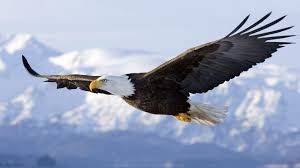
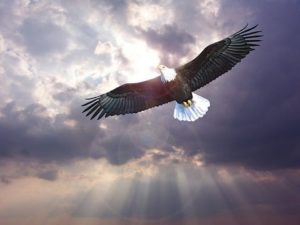
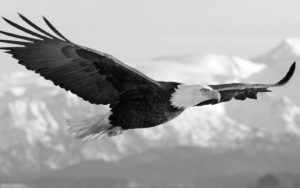
Authors bio:
Mr. Kenneth Lucianin is an administration and network undertakings proficient with twenty years of differentiated involvement in Community outreach programs, and civil and state-level enactment. He is a United States Navy veteran positioned at the Pentagon. Going before his opportunity in the military Lucianin went to Bergen Community College and Rutgers University and sought after a degree in Public Affairs.


